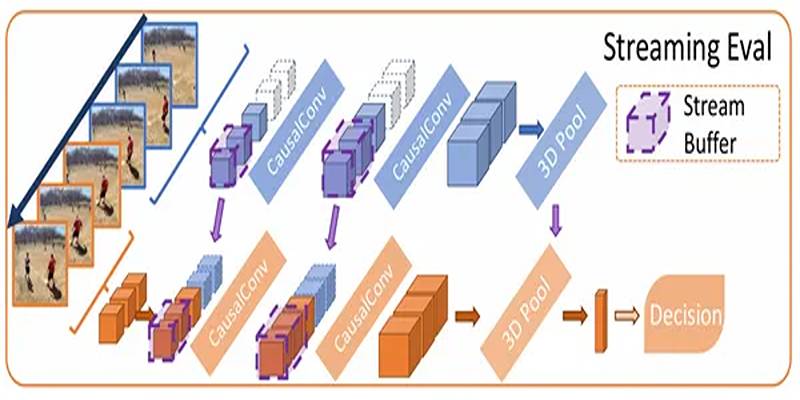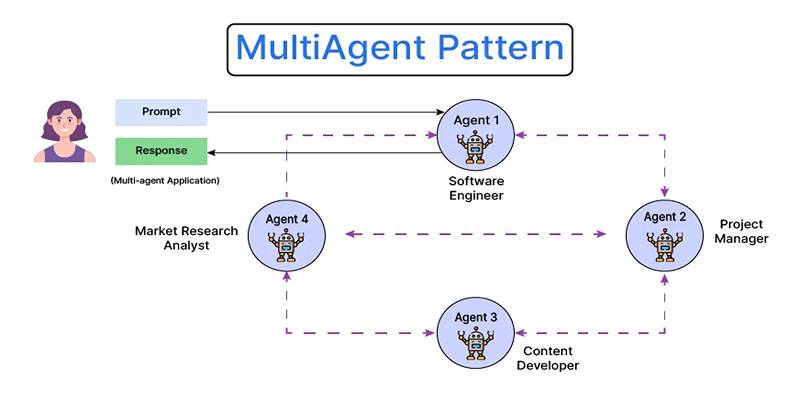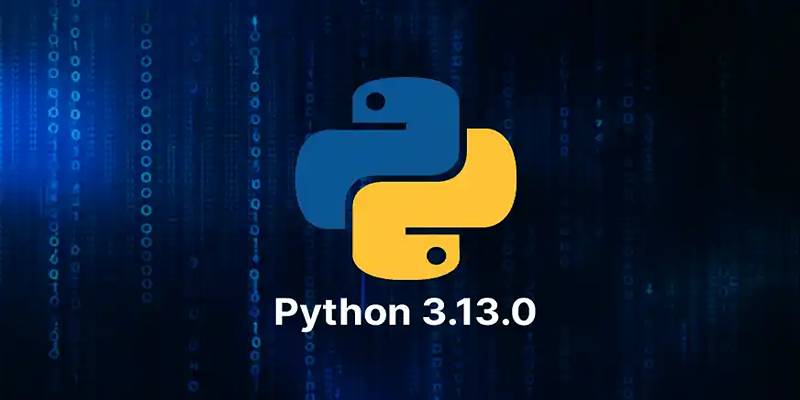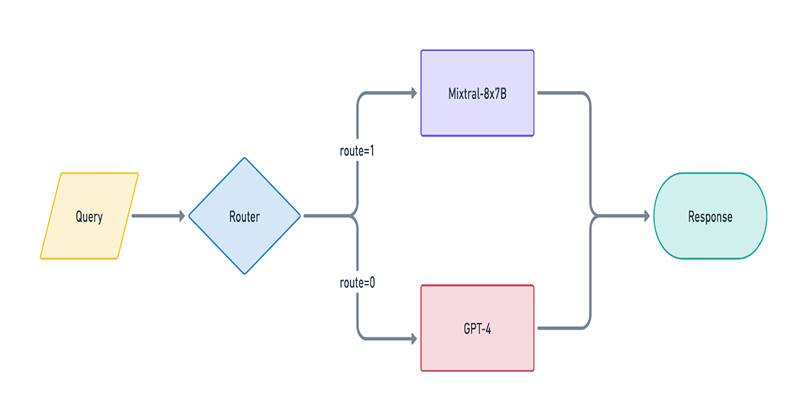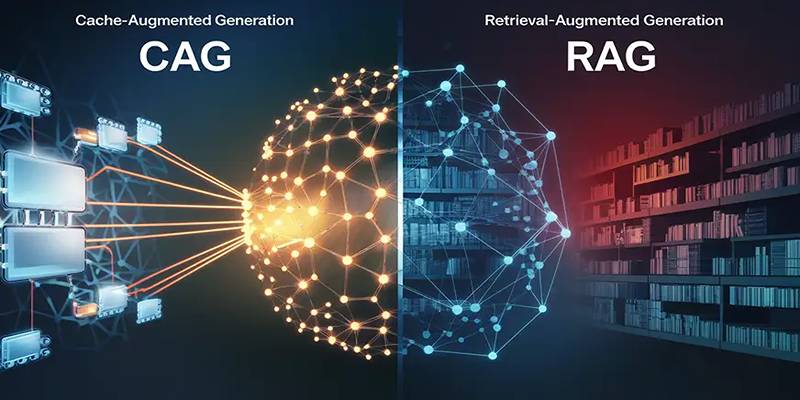In recent years, AI-driven tools have become an essential part of the educational landscape, especially for students working on improving their writing. Tools like Grammarly have revolutionized the process of giving and receiving feedback, offering real-time, automated suggestions that help students refine their writing and develop stronger language skills. As these tools evolve, they not only address the traditional aspects of writing—grammar, punctuation, and style—but also foster better critical thinking and revision habits.
The use of AI-based feedback on student writing is not simply a Band-Aid for errors but a chance to raise writing quality, enhance clarity, and provide students with the help they need to develop as writers.
The Power of Instant Feedback: Why AI Is Changing the Game
One of the biggest problems students struggle with when writing is the time it takes to receive feedback. Instructors, particularly those teaching big classes, frequently can't leave extensive comments on each assignment on time. AI tools, such as Grammarly, plug this hole by providing real-time feedback. From proofreading spelling and grammar errors to sentence restructuring, these tools enable students to receive immediate suggestions, which they can implement before handing in their work. This type of feedback not only makes students more confident about writing but also pushes them to revise and rethink the structure and clarity of their work.
In addition, instant feedback makes students more autonomous writers. When students utilize AI tools continuously, they get accustomed to self-editing and perfecting their work without relying on others' approval. This creates a sense of ownership over their writing process, and as they practice, students start absorbing the feedback and enhancing their skills accordingly.
Enhancing Writing Skills with AI: The Role of Grammar and Style Tools
Grammar check is usually the first thing we think of when we consider AI-powered writing applications. However, applications such as Grammarly do more than mere spelling corrections and examine errors such as subject-verb agreement, sentence breaks, and word usage. Such computerized hints assist students with recognizing frequent blunders and enhance their overall writing mechanics. The advantages far surpass grammar.

AI tools can also provide feedback on writing style. For instance, they can identify overuse of passive voice, awkward phrasing, or redundancy, all of which can weaken a piece of writing. These suggestions encourage students to choose clearer and more direct language, improving the readability of their work. AI-driven feedback also helps with sentence variety and flow. It highlights areas where sentences may be too long or difficult to follow and offers alternatives to enhance clarity. These changes can elevate a student’s writing from functional to engaging, fostering a more effective communication style.
AI tools help students address these finer points of writing, creating a more polished final product. Over time, students become more aware of their writing habits and begin to avoid recurring mistakes, leading to improved writing in both academic and professional contexts.
How AI Feedback Promotes Revision and Critical Thinking?
One of the most significant advantages of AI-driven feedback is its ability to promote revision and critical thinking. Unlike traditional feedback, which often comes in the form of broad comments or corrections, AI tools break down the writing into specific elements—each sentence, word, or punctuation mark. This detailed level of analysis encourages students to think critically about each part of their writing.
AI tools prompt students to re-examine their sentences and make changes that enhance clarity, impact, and effectiveness. For example, if a student uses a word incorrectly or inappropriately, the AI tool will offer suggestions for alternatives. This encourages students to rethink their word choices and sentence construction, improving their vocabulary and writing skills.
The revising process based on AI feedback also teaches students the value of multiple drafts. It emphasizes that writing is not a one-and-done process but rather a continuous effort of refining and reworking ideas. Students can learn to value the revision process and apply these lessons in other areas of their academic work.
AI in Academic Writing: A Complementary Tool, Not a Replacement
Some critics argue that relying on AI feedback might discourage students from learning the fundamentals of writing. While it is true that automated tools can provide quick fixes, they should be seen as supplements rather than replacements for traditional writing instruction. AI-driven feedback tools help students refine their work, but they don't replace the need for critical thinking, creativity, and originality that a teacher can foster.

These tools are best used when students already have a basic understanding of writing. They can help with fine-tuning and polishing, but they shouldn't replace the guidance students receive from teachers. Furthermore, AI tools may not fully capture the nuances of writing, such as tone and context. A teacher’s feedback on voice, style, and argument structure is still essential for developing more sophisticated writing skills.
In an ideal scenario, students would use AI-driven tools as an additional resource in their writing process. After completing a draft, they could apply the feedback from AI tools and then seek personalized guidance from a teacher or peer to address areas that require deeper, more nuanced analysis, enhancing clarity, structure, coherence, and overall quality of their work.
Conclusion
AI-driven feedback tools like Grammarly are reshaping student writing by offering instant, detailed corrections and encouraging critical thinking. These tools help students improve grammar, style, and clarity while fostering a deeper understanding of the revision process. Although AI can’t replace the insight and guidance provided by teachers, it acts as a valuable supplement that promotes independent learning. When used correctly, AI-driven feedback enhances writing skills and boosts confidence, helping students become better communicators. The future of AI in writing looks promising, offering personalized support that will continue to refine the way students approach and improve their work.



